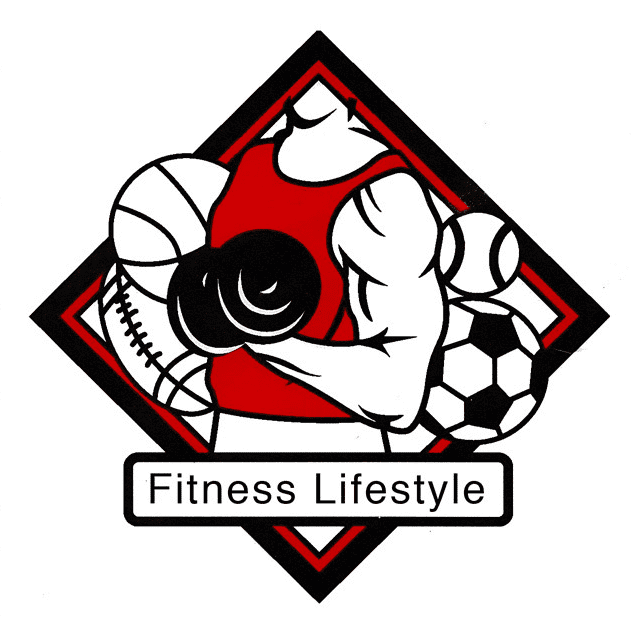In my last post, I that explained how to calculate your macros.
If you haven’t read it yet, please click here and do that first because today we’re going to put those numbers you calculated into ACTION!
Knowing and tracking your macros can be game-changing for your metabolism … and will not only accelerate your results, but help you to feel and look AMAZING!
Before we get started, some tips:
- TIP 1: Don’t stress about getting your macros exactly right. Use them as ballpark figures vs. trying to be perfect and hitting them exactly. Think of this as a PROCESS of learning, vs. something you have to master right out of the gate.
- TIP 2: If you don’t already have an online food journal, you’ll want to create an account at one of the free sites (like MyFitnessPal, Cronometer, FitBit) since they have databases of nutrition info for almost any food.
- TIP 3: It’s easier to plan your meals/macros AHEAD OF TIME. Otherwise you can be left with a weird configuration at the end of the day, wondering what you can eat to hit your numbers.
Ready? It’s time to open up your food journal and map out a day’s worth of eating!
The first few times you do this, it will take a little while but it won’t be long before you can whip up an entire day in just a couple of minutes.
In my last email, we calculated the macros for someone who is trying to hit 2,000 calories a day and who has a goal of losing fat/gaining muscle:
- 150 grams of protein a day
- 55 grams of fat a day
- 225 grams of carbs a day
In a nutshell, first you’ll layer in the protein-rich foods for all your meals, then your carbohydrates, and finally add in fats (like salad dressing, butter, etc.), and adjust the amounts once you’ve plugged in all your meals.
As an example, for protein: at breakfast you would enter “eggs,” at lunch, “tuna,” and for dinner, “chicken breast.” If you use protein powder to make a shake for a snack/post-workout meal, enter that, too!
Then, look at how many protein grams that adds up to for the day and see if you’re near the 150 gram mark – but don’t worry about it if you aren’t!
Next it’s time for the carbs – “starchy” carbs like legumes, quinoa, oats, potatoes, etc. get added in. You’ll find some of your carbs will even bump up your protein number!
Next up it’s veggies & fruits. It can be helpful to shoot for at least one serving at every meal.
Once you’re done with that, it’s time to finetune your plan to get closer to your target macro numbers for the day!
TWEAKING YOUR PLAN:
A lot of people struggle at first with their protein numbers – they get too little – or their fat numbers – they get too much! The fix: adjust your portion sizes or upgrade your food choices.
NOTE: You’ll get the most benefit out from protein you eat if you spread it out over the course of the day in fairly equal amounts.
It’s helpful to track fiber. According to the USDA, women under the age of 50 should aim for 25 grams a day and men, 38 grams. Women over 50 should try for 21 and men, 30 grams.
If your fiber is low, check your fruit and veggie choices, and also your starchy carbs – adding a ½ cup of legumes (like black beans) can really help.
If your fat number is low, try adding some healthy oil like olive oil to a salad or your veggies, or some healthy fats like nuts and seeds.
What if you want to make a recipe? Many food journals (like MyFitnessPal) let you create recipes and break them down into portion sizes!
I NEED TO KNOW… Are you going to try tracking your own macros?
Committed to Your Success!

3 Simple Steps to Calculate Your Macros to Boost Your Metabolism
Use this formula to Calculate Your Macronutrients

Muscle vs Fat: Why Building Muscle Is Your Secret Weapon for a Faster Metabolism and Better Health
Muscle and fat may weigh the same on a scale, but that's where their similarities end. They differ in density, function, and how they impact your health. Understanding these differences is key to appreciating why muscle is a powerhouse for your body. What's inside the...

6 Easy Ways to Eat More Veggies at Breakfast (Because 90% of Us Need To)
Quick question: Did you eat breakfast this morning? Of all the meals we eat, breakfast gets the least respect.

5 Benefits of Eating Breakfast
Quick question: Did you eat breakfast this morning? Of all the meals we eat, breakfast gets the least respect.



), //www.fitnesslifestylellc.com/wp-content/uploads/2024/10/3076514.jpg))

), https://www.fitnesslifestylellc.com/wp-content/uploads/2024/10/3076514.jpg))








